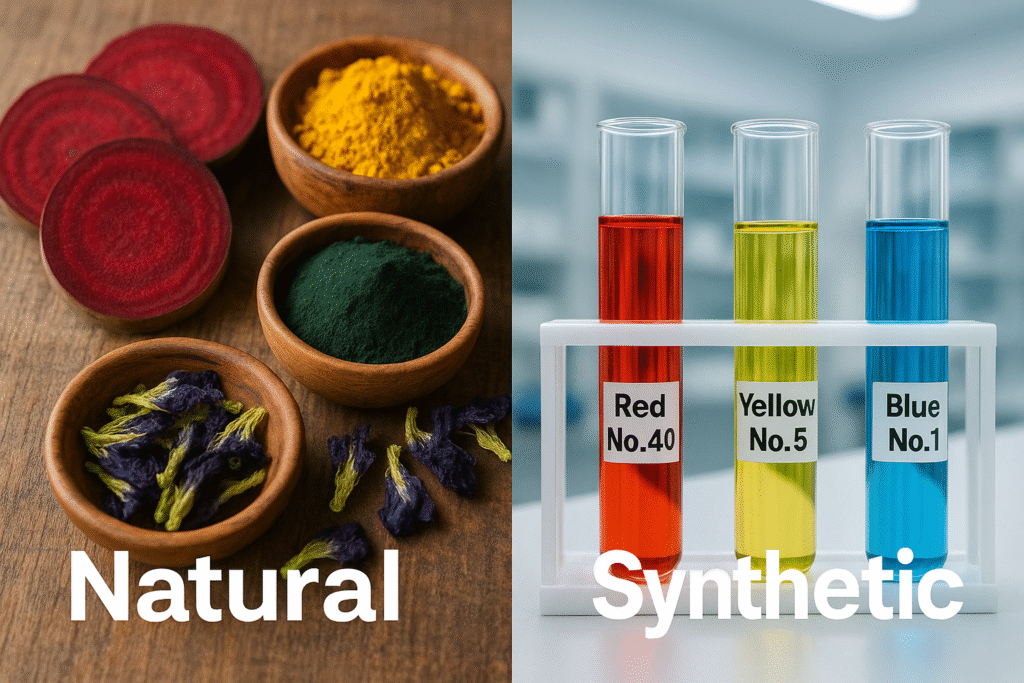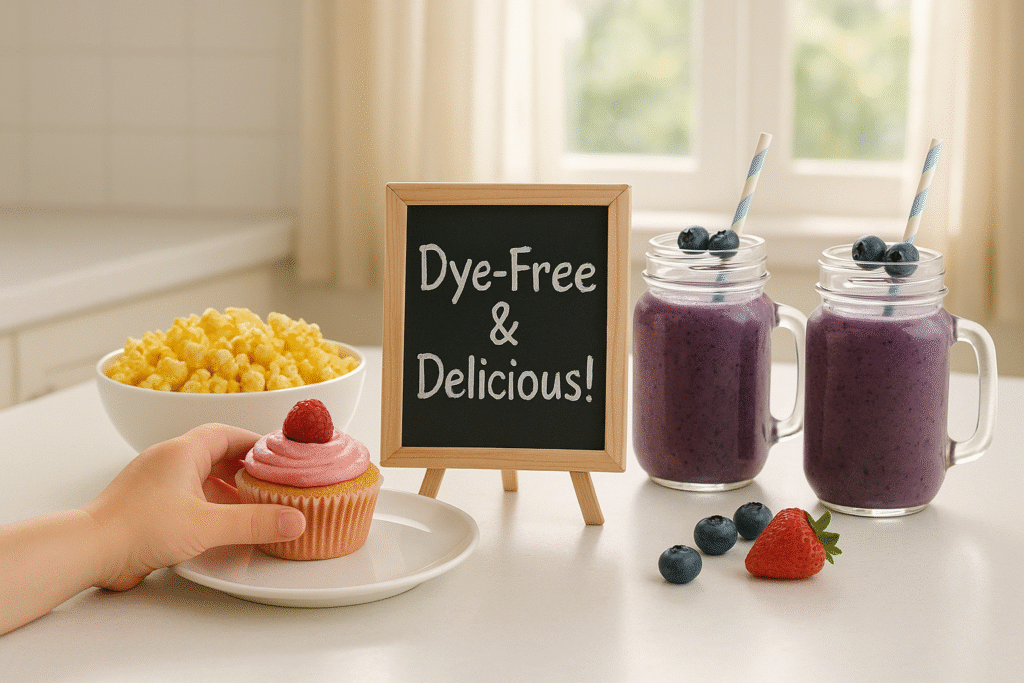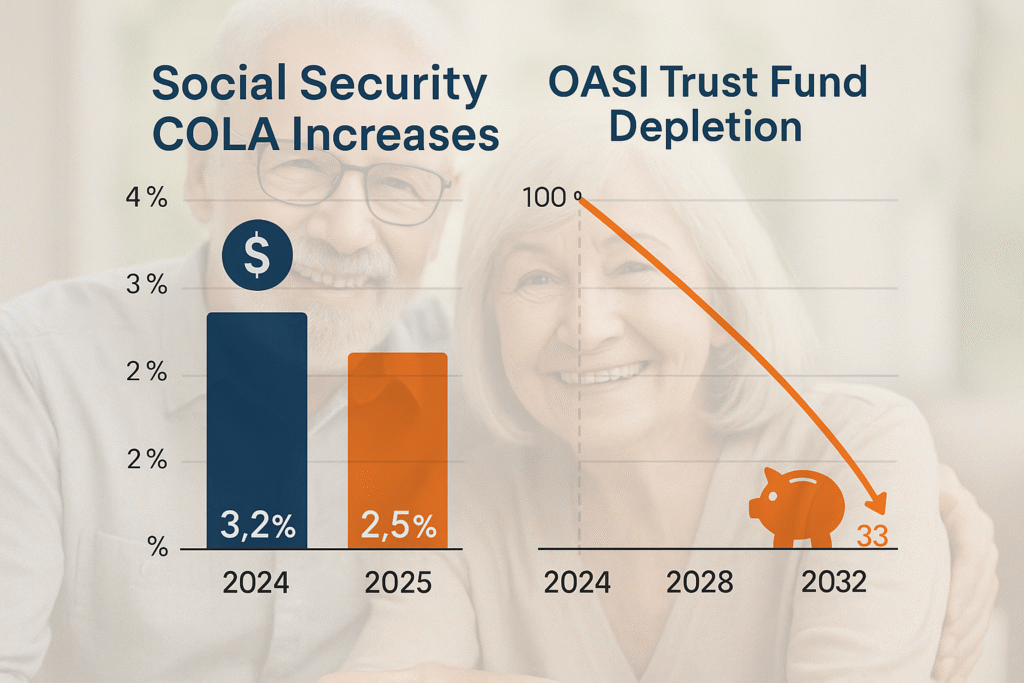Imagine biting into a vibrant red candy or sipping a neon-blue sports drink, only to wonder: What’s really behind that eye-catching hue? For decades, synthetic food dyes have painted our snacks, cereals, and beverages in dazzling colors. But in 2025, a seismic shift is underway: the food dye ban is reshaping the American food landscape. From state legislatures to the FDA, momentum is building to eliminate petroleum-based dyes linked to health concerns like hyperactivity in kids and cancer risks in animals. As a parent who’s spent countless grocery trips decoding ingredient labels, I’m both intrigued and relieved by this change—but it’s not without controversy. Let’s dive into the why, what, and what’s next of this colorful debate, with fresh insights into its impact on our plates and our health.
Why Are Food Dyes Under Fire?
Synthetic food dyes, like Red No. 3, Red No. 40, and Yellow No. 5, are petroleum-derived additives that give foods their vivid appeal. They’re in everything from Skittles to Froot Loops, making them hard to avoid. But growing evidence suggests they’re more than just pretty colors. A 2021 study by California’s Office of Environmental Health Hazard Assessment found that dyes like Red No. 3 may contribute to behavioral issues in children, including inattention and hyperactivity. Animal studies have also linked certain dyes to cancer, prompting consumer advocates to sound the alarm for decades.

As a mom, I’ve seen firsthand how a sugar-fueled birthday party can turn kids into tiny tornadoes. But when my friend swapped out dye-heavy snacks for natural alternatives, her son’s meltdowns noticeably decreased. Was it the dyes? The sugar? Hard to say definitively, but anecdotes like these fuel the push for reform. Critics, like the National Confectioners Association, argue there’s insufficient evidence of harm in humans and warn that bans could spike food prices. Yet, the “better safe than sorry” principle is gaining bipartisan traction, especially with the “Make America Healthy Again” (MAHA) movement, led by Health Secretary Robert F. Kennedy Jr., amplifying the call for action.
The 2025 Food Dye Ban: What’s Happening?
The food dye ban isn’t a single event but a cascade of state and federal actions. Here’s a snapshot of the latest developments:
Federal Push: FDA’s Phased Approach
On April 22, 2025, the FDA announced a plan to phase out petroleum-based synthetic dyes by the end of 2026, as reported by CNBC. This follows their January 2025 ban on Red No. 3, prompted by the Delaney Clause, which mandates banning additives linked to cancer in animals. Red No. 3, found in candies like Pez and Dubble Bubble, must be removed from foods by January 2027 and drugs by 2028. The FDA is also fast-tracking natural alternatives, like butterfly pea flower extract, and plans to revoke authorization for dyes like Citrus Red No. 2 and Orange B soon.
FDA Commissioner Marty Makary emphasized, “Taking petroleum-based dyes out isn’t a silver bullet, but it’s one important step.” Yet, the agency’s reliance on voluntary industry compliance has raised eyebrows. Thomas Galligan from the Center for Science in the Public Interest told NPR, “Food companies have reneged on similar promises before.”
State-Level Action: West Virginia Leads the Charge
West Virginia made headlines in March 2025 by signing the nation’s most sweeping food dye ban, effective 2028, as noted by The New York Times. The law prohibits seven dyes—Red No. 3, Red No. 40, Yellow No. 5, Yellow No. 6, Blue No. 1, Blue No. 2, and Green No. 3—plus preservatives like propylparaben in all foods sold statewide. Schools will enforce this starting August 2025.
At least 20 other states, from Oklahoma to New York, are considering similar restrictions, according to NBC News. California, a trailblazer, banned six dyes in school meals in 2024 and Red No. 3 statewide in 2023. Arizona’s HB 2164, signed in April 2025, also bans dyes in school lunches, reflecting bipartisan support.
Table: Key Food Dye Bans in 2025
| State/Agency | Dyes Banned | Scope | Effective Date |
|---|---|---|---|
| FDA | Red No. 3 | Food, drugs | Jan 2027 (food), Jan 2028 (drugs) |
| West Virginia | 7 dyes + preservatives | Statewide, schools | Aug 2025 (schools), Jan 2028 (statewide) |
| California | 6 dyes | Schools | 2024 |
| Arizona | Select dyes | School meals | 2025 |
What Does This Mean for Consumers?
The food dye ban is a double-edged sword. On one hand, it’s a win for health-conscious consumers. Natural dyes from beets, turmeric, or spirulina are already used in Europe, where regulations are stricter. Kraft swapped synthetic dyes for paprika and turmeric in its mac and cheese a decade ago, proving reformulation is possible. On the other hand, the transition could disrupt supply chains and raise costs. The National Confectioners Association warns that bans may limit food variety and accessibility, especially for low-income families.

As someone who loves a good deal, I worry about price hikes. But I also wonder: why do we need fluorescent snacks? In my kitchen, I’ve started experimenting with natural dyes—beet juice for pink cupcakes, anyone?—and the results are surprisingly vibrant. The catch? Natural dyes can be less stable, fading during processing or storage, which is why companies like General Mills struggled with their naturally dyed Trix cereal.
Unique Insights: The MAHA Movement and Beyond
The food dye ban isn’t just about science; it’s a cultural shift. The MAHA movement, championed by Kennedy, has galvanized parents, lawmakers, and even “MAHA moms” on social media, who share dye-free recipes and rally for change. This grassroots energy, amplified by viral X posts, is forcing Big Food to listen. For instance, Vani Hari, a prominent activist, celebrated Kennedy’s two-year deadline for dye removal, calling it a “huge” step.
But here’s a fresh perspective: the ban could spark innovation. Companies like Sensient Technologies are developing natural colors that mimic synthetic vibrancy. Imagine a future where your Skittles are colored with algae or carrot juice, not petroleum. This could also push brands to rethink ultra-processed foods altogether, aligning with growing demand for clean labels.
Yet, there’s a risk of overreach. Kennedy’s broader agenda, including vaccine skepticism, has critics like Jensen Jose from CSPI worried that science might take a backseat. The challenge is balancing precaution with evidence, especially since human studies on dyes remain inconclusive.
Conclusion: A Healthier, Less Colorful Future?
The 2025 food dye ban marks a turning point. From West Virginia’s bold legislation to the FDA’s phased approach, the U.S. is catching up with global standards. As a consumer, I’m excited for safer options but bracing for the growing pains—higher prices, reformulation hiccups, and maybe less neon candy. Still, if it means fewer health risks for my kids, I’m all in.
What do you think? Are you ready to ditch synthetic dyes, or do you love your colorful snacks too much? Share your thoughts below, and check out our guide to natural food dyes for dye-free recipe ideas. Let’s keep the conversation going—because what we eat matters.
Disclaimer: This blog post on the food dye ban is for informational purposes only and not medical or legal advice. Consult professionals for dietary or regulatory decisions. The author is not liable for actions based on this content.
Read My Latest Post: Lowe’s Billion-Dollar Acquisition Targets Home Depot in 2025


